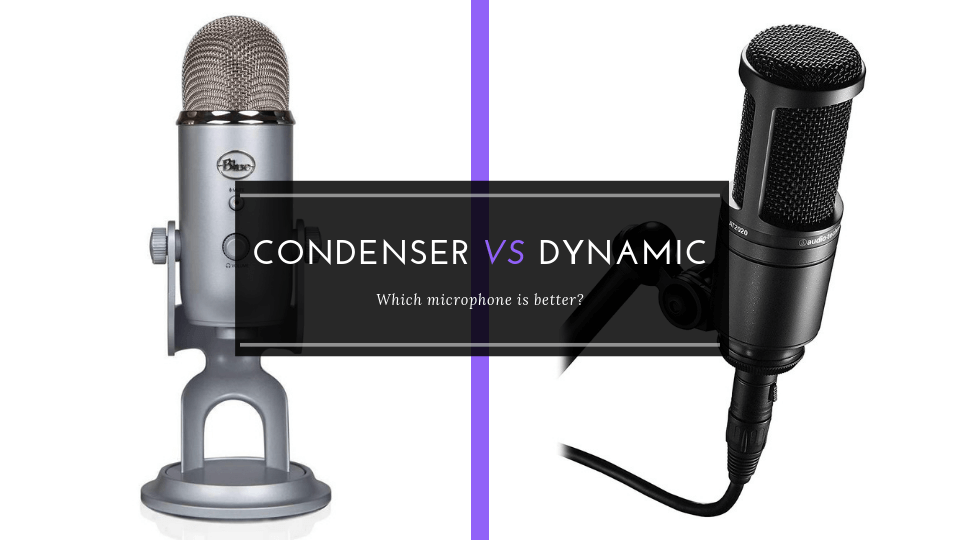
Successfully jumping into the podcasting waters is more than simply buying a microphone, plugging it into your mixer or computer, and speaking into it.
In a perfect world, this would work, but getting the correct equipment for your podcast takes effort. Lots of things can affect your ability to record, your recording quality, and the ease with which you can do so, so it is important to start out your podcast by asking yourself some questions.
1. What is my setup?
2. Where am I recording? Is there outside noise that may bleed through? Do I have the proper soundproofing which could drown those noises out?
3. What is my budget?
4. Do I have the correct equipment for the microphone I’m interested in?
Eventually, these questions will almost certainly lead you down to one of two main choices for your podcasting microphone. Condenser vs dynamic microphone? Both are industry standards, both are capable of producing crisp recordings, and both have pros and cons, depending on your answers to those question.
In this guide, we’ll discuss the similarities and the differences between these staples of the voice-recording industry in as simple of terms as possible.
Looking for a new microphone? Start by looking at the models of some of the more popular brands, like Neumann Microphones.
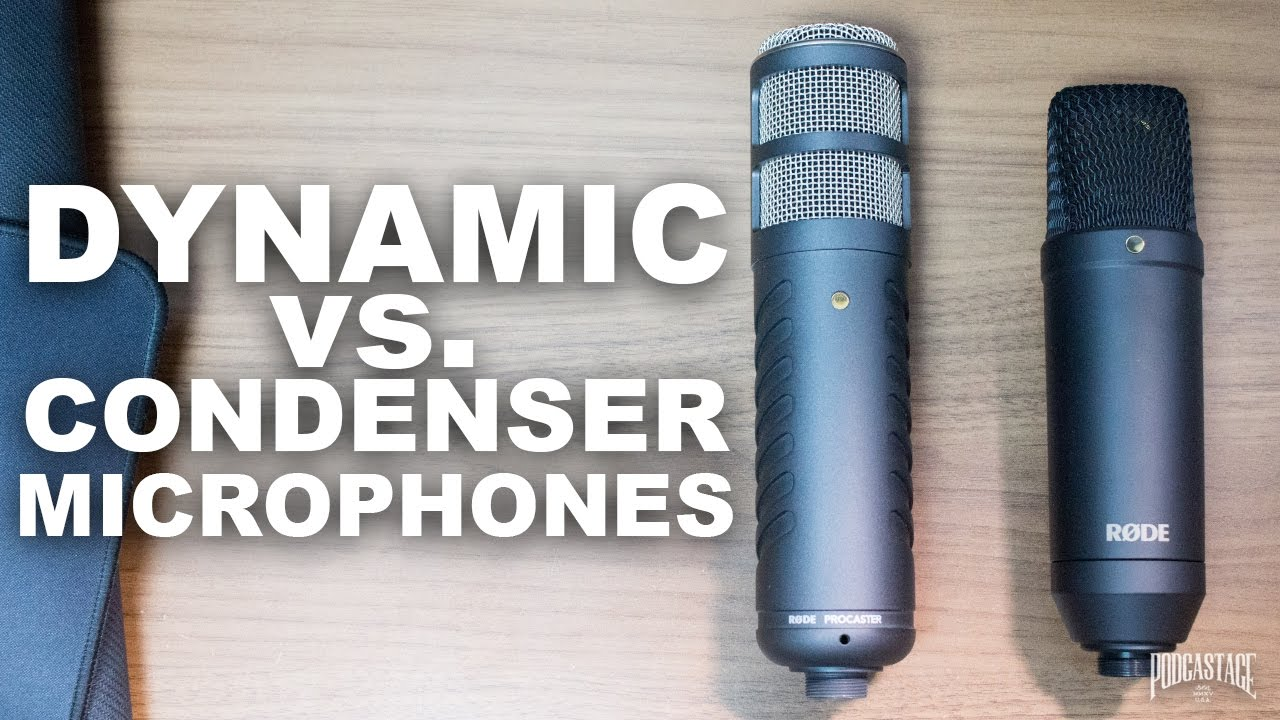
Condenser vs dynamic: Condenser Microphones
Designed with power and performance in mind, condenser microphones are ideal for those who are looking for a crisp, natural recreation of the sounds that are fed into their microphones. They come in all shapes and sizes, from bulky ones, which are best used in a controlled environment, to more portable versions, which can be connected to your phone or computer.
Although getting the perfect sound from them can require more complicated setups than a dynamic microphone might, properly-utilized condenser microphones offer the potential of truly natural-sounding recordings of your voice, your instruments, or the other acoustics you are trying to capture.
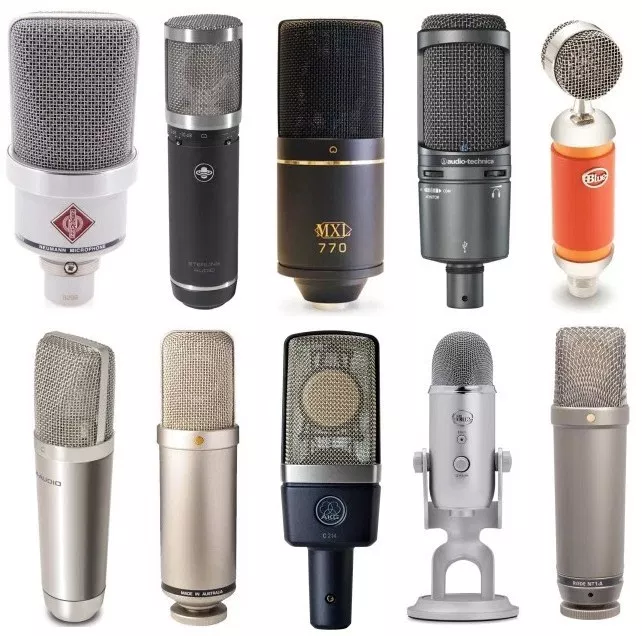
1. Design
Condenser microphones are designed with power and complexity in mind. They are designed with three main parts in their construction:
– The diaphragm case: The exterior, which holds the microphone together.
– The diaphragm: The plate, which vibrates as it picks up its subject’s sound waves
– The backplate: The plate, often metal, which converts the sound waves into electrical ones.
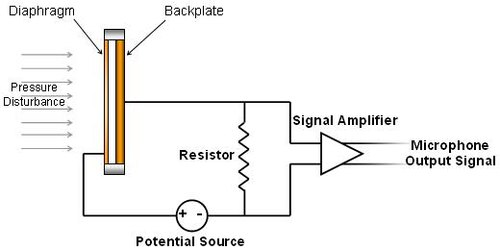
Because of the electric signal required by a condenser microphone, they require a power source. In traditional condensers, this will go through the phantom power source, which is powered through the mixing board or attached battery.
Modern condensers, such as those designed for the digital age, may run through your USB port or even your phone’s charging port. This may seem like a nuisance for some, and in certain setups it can be just that, but the condenser’s design is meant to offer the purest replication of exactly what the user puts into it.
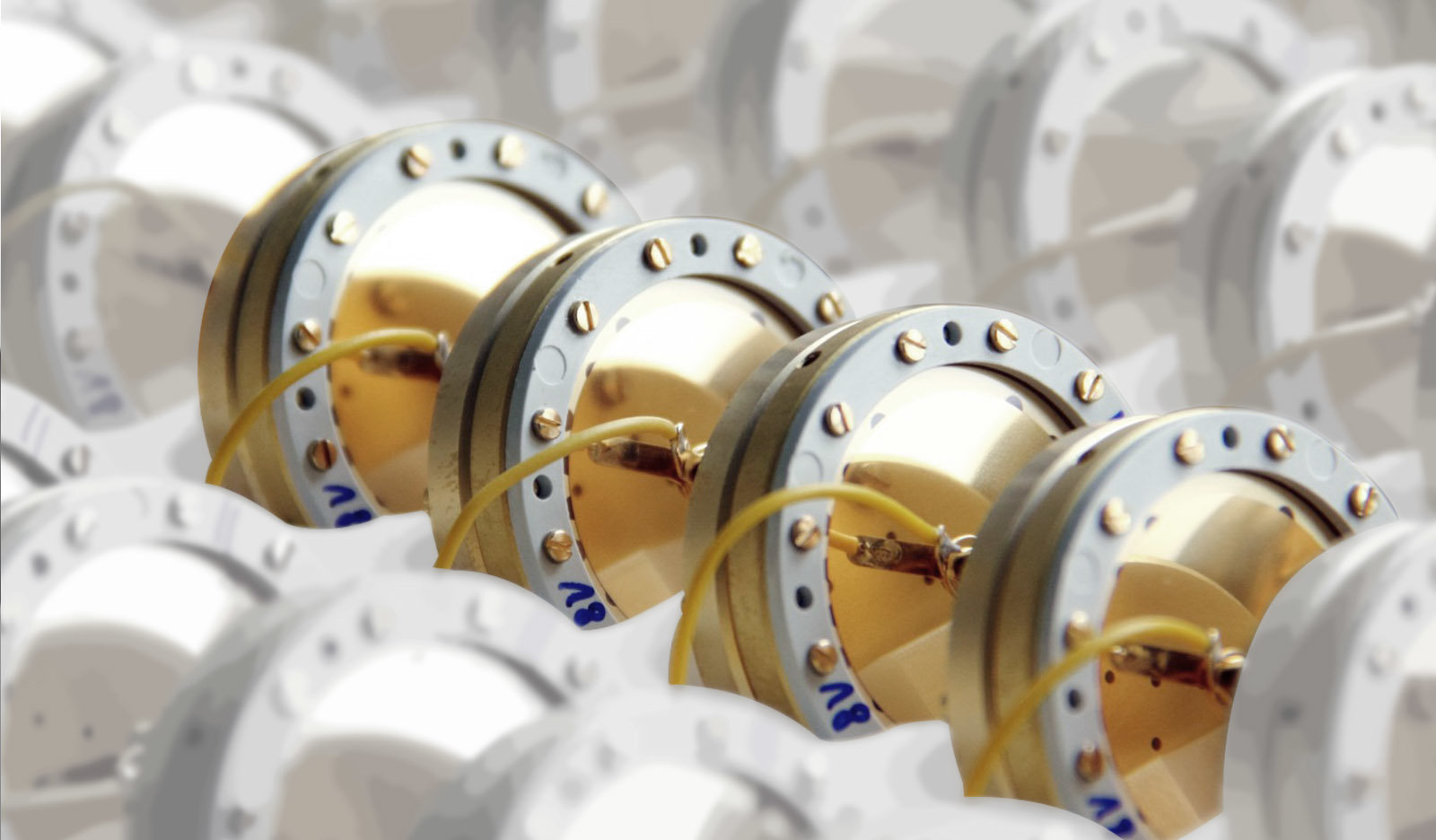
2. Sense of Sensitivity
Condenser microphones are more complex than dynamic microphones. This can be a blessing and a curse, depending on who is using it and what kind of environment they are recording in. Their design means that they are more susceptible to outside noise, even something subtle like the hum of an outside car, a loud stereo, or a noisy neighbor.
A proper setup with proper soundproofing and a naturally quiet environment can appease this, but a novice podcaster who does not have much say in their recording space could run into problems if they try to use condensers in the wrong recording space.
With the proper setup, environment, and know-how, the condenser does have some advantages over the dynamic microphone. In a controlled environment, it allows freedom of movement, in some cases even multiple voices to record without a loss of quality. Those looking to do interviews, or speak into a single microphone could find this helpful.
The condenser microphones sensitivity is also a plus in that it records noise that sounds more natural when properly in-tune with its speaker and environment. For those who are looking for this natural sound, especially if there’s a live musical aspect or a need for more acoustic sound.
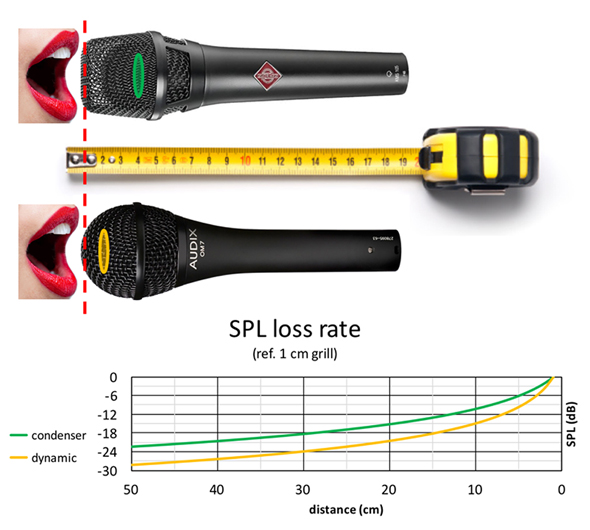
Final Verdict
All in all, there’s a reason why the condenser is the choice for many musicians, podcasters, and other recording artists. Its complex design lets it record with nearly identical precision to that which is fed into it, although this same complex design can prove a nuisance to those without the controlled environment that is needed to get its benefits.
Condensers are available from all the major manufacturers, and they can run anywhere from around $20 to thousands of dollars.
Pros
- Crisp, natural sound
- Powerful microphones
- Adjustable to your sound and preferences
- High-frequency response from low hums to louder ones.
Cons
- Cannot be used just anywhere
- Setup can be a chore
- Tendency to pick up unwanted noise without proper precautions
- Constant need for power can be complicating
Condenser vs dynamic: Dynamic Microphones
Dynamic microphones are often associated with their work on live recordings, and depending on the podcast you are planning, this could be a deciding factor in which type of microphone you decide to go with as you plan your podcast.
However, the dynamic microphones offer a wide array of benefits that make them a worthwhile purchase for any potential podcasters in the making. Unlike condensers, they do not need outside power.
They have been an industry standard for radio hosts for several decades, and because of that they offer that classic, undeniable broadcast sound–that deep, clear, and bass-filled sound that has become synonymous with talk radio
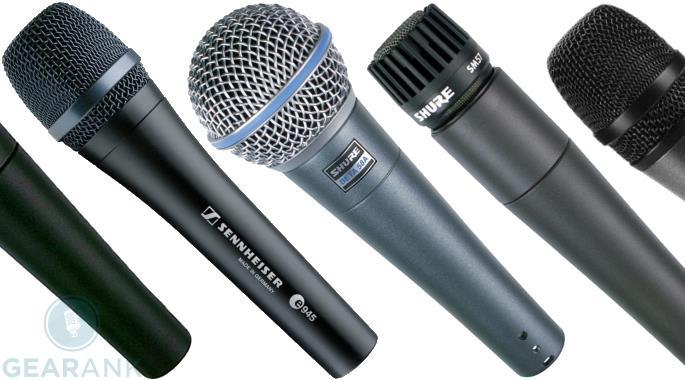
Design
Dynamic microphones employ a simpler design than the condensers and employ three main components:
– Diaphragm: The component, which vibrates when it is spoken or played into.
– The voice coil: A small wire coil, which vibrates with the diaphragm when it is activated.
– The magnet: Activated on the vibrations of the other two parts, magnetism is what enables dynamic microphones to operate without a power source.
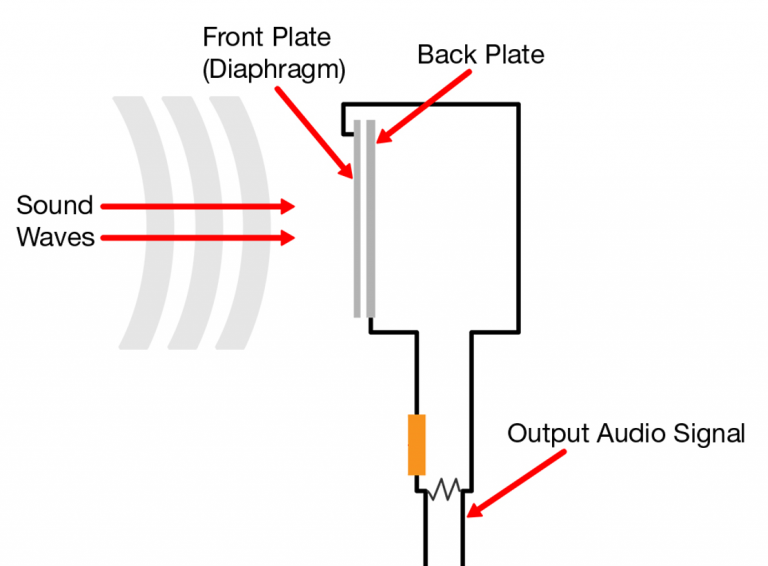
This design offers multiple advantages that condenser microphones don’t always have. For one, it makes the microphone more portable. As more and more podcasts are going on the road, be it for live shows or for interviews, this design means that a dynamic microphone can typically be taken out and set up in a matter of seconds. While certain condensers, especially digital ones, are getting better at this, dynamic microphones typically have this advantage.
Vocal Performance
While the condenser microphone is set up to capture natural sound, the dynamic microphone hones in on your voice and capture it regardless of what is going on around the speaker. There is no way to eliminate all outside noise, but dynamics are ideal for those who may not have the means or the space for the controlled environment that is required for a condenser microphone to properly perform to its highest level.
Simplicity such as this is what gives the dynamic microphone that broadcaster sound we talked about earlier.
One reason for this, which could be a nuisance for those wanting to pick up more sounds, is that dynamic microphones have a knack for capturing what is directly in front of it. This is great for the speaker, but terrible for anyone or anything nearby that may be muffled if not properly set up.
This sensitivity is also what makes it ideal for concert halls and other loud environments, which may have outside noises bleeding in.
Loud Noises!
While the frequency range of condenser microphones offers a great range of sounds, they can struggle with the loudest noises. Dynamic microphones do not have this same problem. They are built for loud environments, so whether you are screaming into your microphone during a mid-podcast argument or singing your heart out as a guest, the dynamic will not crack or cut off altogether.
Whether recording from your home or a busy street, the lack of sensitivity actually works out for the dynamic microphone when put up against the environment. One would have to try to overload a dynamic microphone and even then, they’d probably fail to do so.
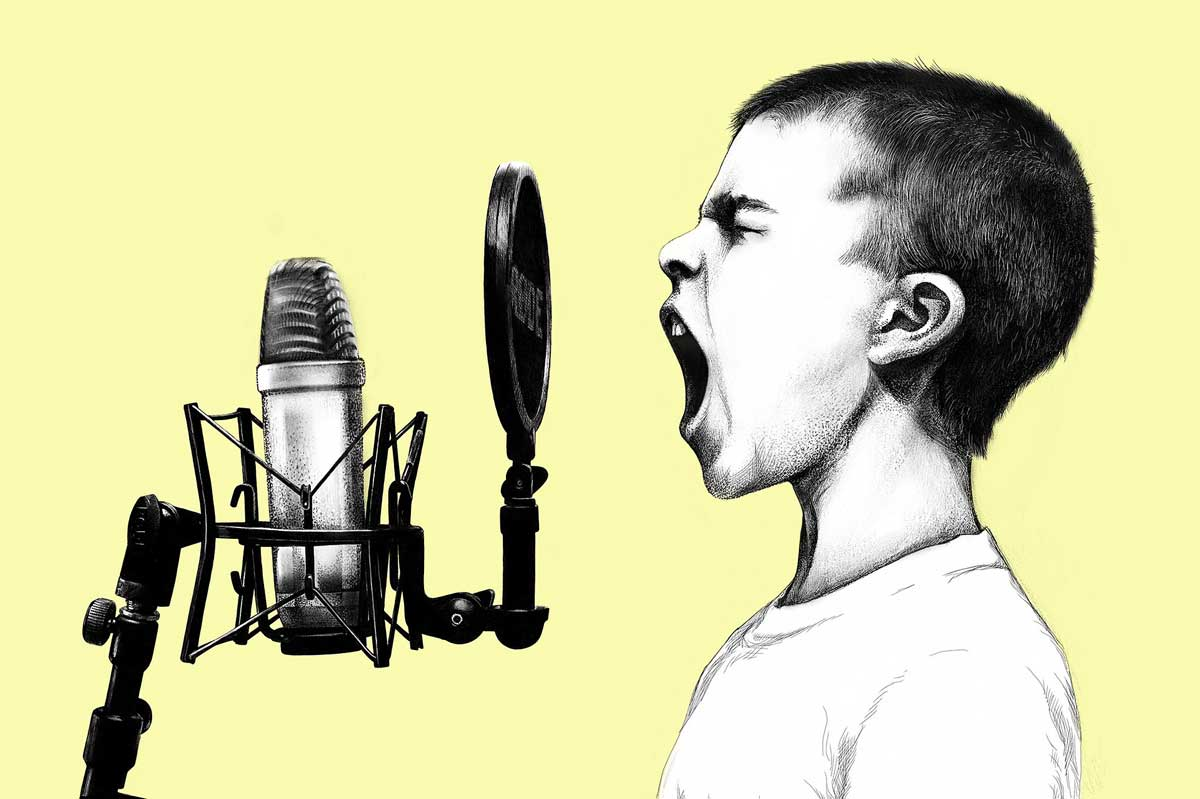
Final Verdict
If the dynamic microphone seems so much simpler than the condensers, that is because it is. For those who are looking to break into the field but are not sure whether they have the proper setup, the dynamic microphone will be the safer bet.
In an ideal world, we’d all have individual recording studios with proper sound-proofing and equipment, but that just isn’t the case for everybody. The dynamic microphone offers a portable design, good sound, durability, and reliability without the complicated setup, sensitivity, or the constant need for power.
Whether using a handheld version, speaking into an overhanging broadcast microphone, or speaking into a small digital microphone on a stand, there are a plethora of options for those who are looking to go dynamic. They range from cheap to astronomically expensive, but the proper dynamic microphone offers everything a user needs.
Pros
- Easy setup
- More forgiving of external noises and noisy environments
- Portable and diverse design
- Ideal for live shows
Cons
- Less natural sound than condensers
- Must be directly in front of the microphone on many models
- Cheaper ones can be rough… so do research
Condenser vs dynamic: Which is a better microphone?
There are veterans who use dynamic microphones and there are novices who use condensers. Some love their choice, and some hate it.
There isn’t a universal right or wrong when it comes to which kind of microphone works best for you. Everything from the space you are recording in, to the types of sound you’re trying to capture, to the little things like portability and ease can make a difference.
For those who have the means, the privilege, and the reason to have an entire professional setup with perfectly sound-proofed walls and a noise-free environment, a condenser microphone may be your ideal choice.
For those who are taking their podcasts on the road, recording in their living room or garage, or looking for an easier-to-use option as they are first getting started, the dynamic may be right for you.
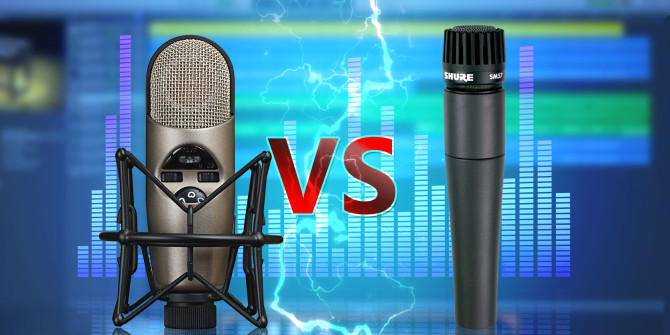
Condenser vs dynamic? Shure or Behringer? Analog or digital? Every microphone has its purpose, and none is universally correct for everyone.
What’s important to keep in mind is that this is your podcast, and you should do what’s best for you. Just because a microphone is cheaper than another option does not mean that it’s wrong for you, and just because another is much more than the one you have, it doesn’t mean it’s better for you, either.
There are lots of wonderful options on both sides, and the most important step to take in choosing the proper microphone is doing the research, asking the questions, and educating yourself on what you’re looking for.
Don’t choose the wrong microphone to start your podcasting career. Do a little research. Ask a few questions. And, more importantly, have fun as you choose the single most important tool as you explore your new endeavor.
Podcast Fanatic?
Level-up Your Heaphones 🎧
Whether you’re a fan of big-ass over-ears, delicate little earbuds or a fancy pair of wireless earphones, you’ll find your next headphone loves here. We’ve tested a tonne of them, to save you the bother. Treat your ears to the phones they deserve!
 you’ve been subscribed.
you’ve been subscribed. 



